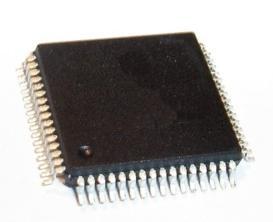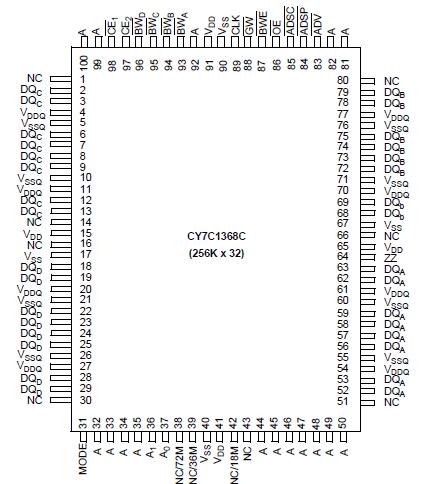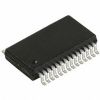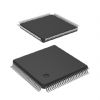CY7C1368C: Features: • Registered inputs and outputs for pipelined operation• Optimal for performance (Double-Cycle deselect) - Depth expansion without wait state• 256K * 32-bit common I/O ar...
floor Price/Ceiling Price
- Part Number:
- CY7C1368C
- Supply Ability:
- 5000
Price Break
- Qty
- 1~5000
- Unit Price
- Negotiable
- Processing time
- 15 Days
SeekIC Buyer Protection PLUS - newly updated for 2013!
- Escrow Protection.
- Guaranteed refunds.
- Secure payments.
- Learn more >>
Month Sales
268 Transactions
Payment Methods
All payment methods are secure and covered by SeekIC Buyer Protection PLUS.

 CY7C1368C Data Sheet
CY7C1368C Data Sheet








